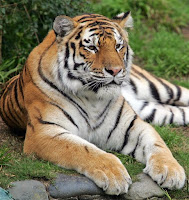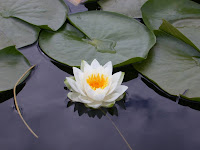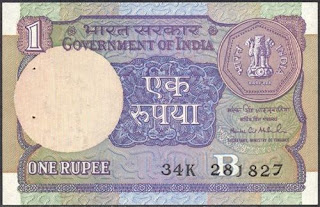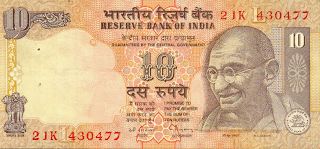About Indian Dance
Dance in India comprises the varied styles of dances in the country. As with other aspects of Indian culture, different forms of dances originated in different parts of
India, developed according to the local traditions and also imbibed elements from other parts of the country.
In Hindu mythology, dance is believed to have been conceived by Brahma. Brahma inspired the sage Bharata Muni to write the Natya Shastra, a treatise on performing arts, from which a codified practice of dance and drama emerged. He used pathya (words) from the Rigveda, abhinaya (gestures) from the Yajurveda, geet (music) from the Samaveda and rasa (emotions) from the Atharvaveda to form the Natyaveda (body of knowledge about dance). The best-known of Hindu deities—Shiva, Kali and Krishna—are typically represented dancing. Shiva's cosmic dance, tandava, Kali's dance of creation and destruction and Krishna's dance with the gopikas (cow-herd girls)—Rasa Lila—are popular motifs in Hindu mythology.
India Classical Dance
Indian classical dance is the embodiment of a whole range of expressions, which include fantasy and yogic discipline. The different forms represent the meeting point of three arts: music, drama and dance. Though highly defined and codified, they are perceived primarily as a form of worship, as homage to the almighty. Their classicism lies in the continuity of an unbroken history of over five thousand millennia, one which overwhelms yet inspires.
Using the body as a medium of communication, the expression of dance is perhaps the most intricate and developed, yet easily understood art form.
Indian dance is a blend of
NRITTA - the rhythmic elements
NRITYA - the combination of rhythm with expression and
NATYA - the dramatic element
Classical Indian Dances
1.Bharat Natyam - Classical Dance from Tamil Nadu.
2.Kathak - Classical dance from Northern India, Pakistan and Bangladesh.
3.Kuchipudi - Classical dance from Andhra Pradesh.
4.Kathakali - Traditional dance from Kerala.
5.Manipuri - Traditional dance from Manipur and N.E. India.
6.Odissi - Traditional dance from the E. Indian state of Orissa.


Indian classiical dance images
India Folk Dance
Folk dances and plays in
India retain significance rural areas as the expression of the daily work and rituals of village communities. These dances have their roots in religious and seasonal festivals that have become a background for such celebrations. They are mostly performed in groups.
While Indian classical dance is considered a higher form of art and was practiced in courts, temples and on special occasions, folk dance forms are practiced in groups in rural areas as an expression of their daily work and rituals. They are performed on religious or seasonal festivals. Some of the popular folk dances that are performed across villages and cities are Bhangra, Garba, Kalbelia and Bihu.
Folk dances can be located according to the regions of their origin. Every state has its own folk dance forms like Garba, Gagari (dance), Ghodakhund in Gujarat, Kalbelia, Ghoomar, Rasiya in Rajasthan, Neyopa, Bacha Nagma in Jammu and Kashmir, Bhangra & Giddha in Punjab, Sambalpuri Dance in Western Orissa and likewise for each state and smaller regions in it.

Indian folk dance images

.jpg)



















-3.jpg)




















.jpg)





